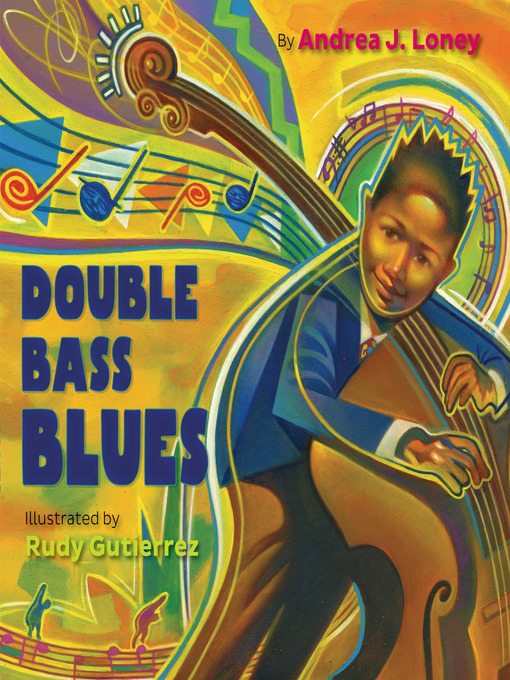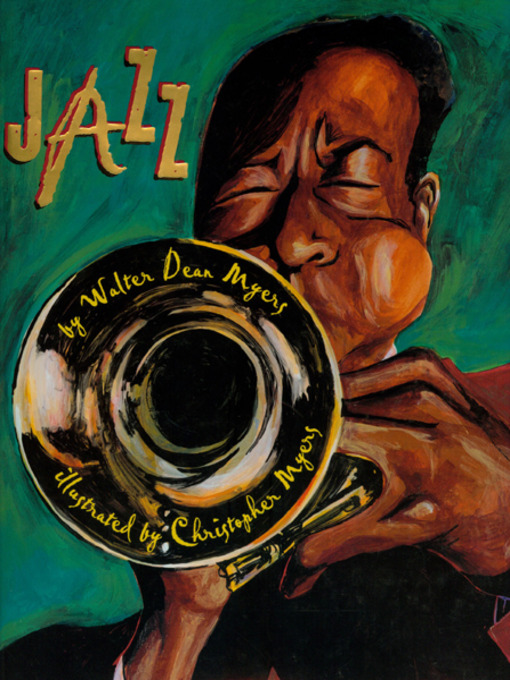by Hannah Lane, Librarian, African American Department

April is Jazz Appreciation Month! Every year librarians, museums, dancers, musicians, and jazz lovers across the United States celebrate the rich histories and joyful rhythms of jazz music, and the roles that jazz continues to play in our lives and communities. Here in the African American Department, we are celebrating, too!
This year’s theme for Jazz Appreciation Month is Women in Jazz. You may already be familiar with such Black Jazz greats as Duke Ellington and Wynton Marselis, but how much have you heard about the Black women who also shaped the genre, such as Mary Lou Williams, Tiny Davis, Ella Fitzgerald, Blanche Calloway, Billie Holliday, and Clora Bryant? Our doors at the Pratt may be closed, but we’re taking this opportunity to celebrate powerful Black women in Jazz by connecting you with some of our wonderful, digital resources.
A brief history of Jazz
When some imagine Jazz, they locate it, first, in places like New York. They imagine Jazz in the middle of the Harlem Renaissance; in a cafe with Zora and Langston, or bursting from the windows of the Savoy Ballroom, Carnegie Hall, or the Birdland.
And they wouldn’t be incorrect. During the 1930’s in cities like New York, St. Louis, Chicago, and Kansas City, important developments in the genre emerged and numerous legendary Black Jazz artists rose to fame. Countless standards from “Take the A Train,” “East St. Louis Toodle-oo,” and Lucky Millinder’s “Savoy” honor the musical legacies of Black communities in these vibrant settings.
And just as many Jazz standards recall the place where the deeply diverse, Afro-diasporic music was born–near the mouth of the Mississippi river, in the cosmopolitan port city of New Orleans, Louisiana. There, in the first decades of the twentieth century, Black musicians (many, people who survived slavery and their descendants) brought the music to be. At the same time, millions of Black families, workers, musicians, and artists were leaving the South for economic opportunities in northern and midwestern cities, as well as to escape the terror that was ripping throughout the south with the rise of racist violence and organized, white supremacist groups. Jazz moved throughout the United States with these hopeful Black travelers, and set down new roots in the burgeoning, new centers of Black arts and culture that they created.
Jazz Appreciation Month,” Smithsonian Museum of American History website.
Artist such as Count Basie and Duke Ellington rightfully live on in our historical memory of Jazz music, but they weren’t alone. Since the late nineteenth- and early twentieth century, Black women have been key innovators in Jazz and Blues music. Think, iconic vocalists like Gertude “Ma” Rainey, born in Columbus, Georgia in 1886, or Bessie Smith, born in Chattanooga, Tennessee in 1894. Ma Rainey, “Mother of the Blues” and Smith, “The Empress of Blues” are regarded as two of the most influential vocalists in American popular music.
Throughout the month of April, the African American Department will introduce amazing Black, women Jazz vocalists, composers, and bandleaders who, likewise, left immortal legacies in American popular music and culture. In the meantime, enjoy these digital resources about Jazz and the Blues in African American history!
For more Jazz Documentaries click the links below:



